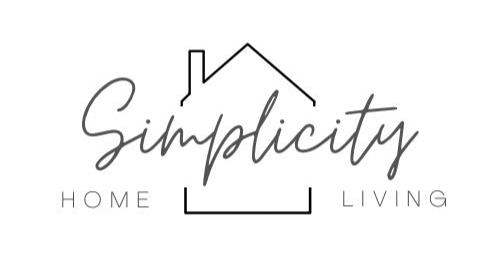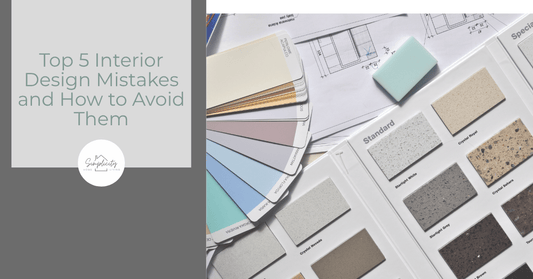If you’re a homeschool parent, you already know: keeping your space—and your sanity—organized is half the battle. Between curriculum materials, endless printouts, craft supplies, and snack breaks (so many snack breaks), it’s easy for your homeschool setup to look more like a tornado hit a teacher’s lounge. But don’t worry—we’ve got you covered.
Here’s a roundup of the best homeschool organization tools to help streamline lesson planning, reduce daily chaos, and actually make your space feel functional and inspiring. Because learning at home should be *productive*... not panic-inducing.
1. Rolling Utility Carts
A rolling cart is like the homeschool version of a superhero cape. Whether you’re setting up a makeshift classroom at the kitchen table or moving between rooms, a 3-tier rolling utility cart keeps all your essentials (books, art supplies, manipulatives) in one place—and mobile.
- Great for small spaces with no dedicated homeschool room
- Easy to label by subject or kid
- Wheels mean you can roll it out of sight when guests arrive. Win-win.
2. Wall-Mounted File Organizers
Let’s talk about the paper avalanche. Daily worksheets, progress tracking, spelling tests... it piles up fast. A wall-mounted file organizer keeps papers tidy and off your surfaces. Assign each child their own slot, or organize by subject or day of the week.
Bonus Tip: Use color-coded file folders to make grabbing what you need even faster.
3. Magnetic Whiteboard or Dry Erase Calendar
Visual learners—and honestly, overwhelmed parents—benefit from seeing the plan. A magnetic whiteboard calendar makes it easy to map out your week, log assignments, and keep track of field trips or co-op days. Mount it where the kids can see it and make it part of your daily routine.
- Use dry erase markers in different colors for each kid
- Add magnets for daily checklists or reward systems
4. Stackable Storage Bins with Labels
Ah, the joy of labeled bins. Stackable storage is a must when you’ve got a curriculum for every subject and a child who insists on using 12 glue sticks a week. Try clear stackable bins so you can see what’s inside—or opaque ones if you’re hiding the chaos.
Label by subject (math, reading, science), activity type (STEM, crafts), or kid name. It’s a game changer.
5. Desktop Organizer for Your Command Center
You, dear homeschool parent, need a command center. Whether it’s a desk, countertop corner, or tiny shelf, a desktop organizer helps you stay in control of the chaos. Store lesson plans, daily schedules, pens, sticky notes, and that one pair of scissors everyone always asks you for.
This is your HQ. Protect it at all costs.
6. Teacher Planner or Digital Lesson Planning App

Whether you’re a pen-and-paper person or you prefer tech tools, having a consistent way to plan is essential. A good homeschool planner (like one with weekly layouts and space for notes) helps you track progress and prep ahead.
If you’re more digital, try apps like Trello, Notion, or Homeschool Planet. The right tool makes lesson planning feel less like a puzzle and more like a plan.
7. Hanging Pocket Charts
Want to teach independence? Try hanging pocket charts to display daily schedules, flashcards, vocabulary, or tasks. Kids love being able to see what’s coming—and checking off their work for the day.
Hang one near your learning station or on the back of a door for a visual, flexible tool that doesn’t take up valuable table space.
8. Classroom Supply Caddies
Let each child have their own supply caddy for essentials like pencils, glue, crayons, and scissors. This prevents bickering (“Moooooom, she took my markers!”) and gives everyone a sense of ownership.
They’re also easy to grab and go, whether you’re doing school at home, in the yard, or on the road.
9. Cube Shelving with Fabric Bins
If you’ve got room for a larger storage solution, cube shelves with bins are ideal for organizing books, games, puzzles, and bulky curriculum materials. They look great, keep everything contained, and can double as room decor with the right color scheme.
Pro tip: Get bins with handles so your kids can pull them out on their own.
10. Timer or Visual Clock
Keeping little learners on task isn’t always easy. A visual timer or color-coded clock helps manage expectations, transitions, and screen time. It’s helpful for focus—and also lets you sneak in some breaks without the “Is school over yet?” chorus.
Final Thoughts: A Little Organization Goes a Long Way
Homeschooling doesn’t require a Pinterest-worthy classroom (unless you want one). What it *does* require is a system that works for your family. Whether it’s a simple cart and some file folders or a fully decked-out homeschool command center, the right tools can make your day run smoother—and make you feel like the confident, capable educator you already are.
Looking for more homeschool and home organization inspiration? Subscribe to our newsletter and follow along at Simplicity Home Living for tips, product recommendations, and sanity-saving ideas you’ll actually use.



















